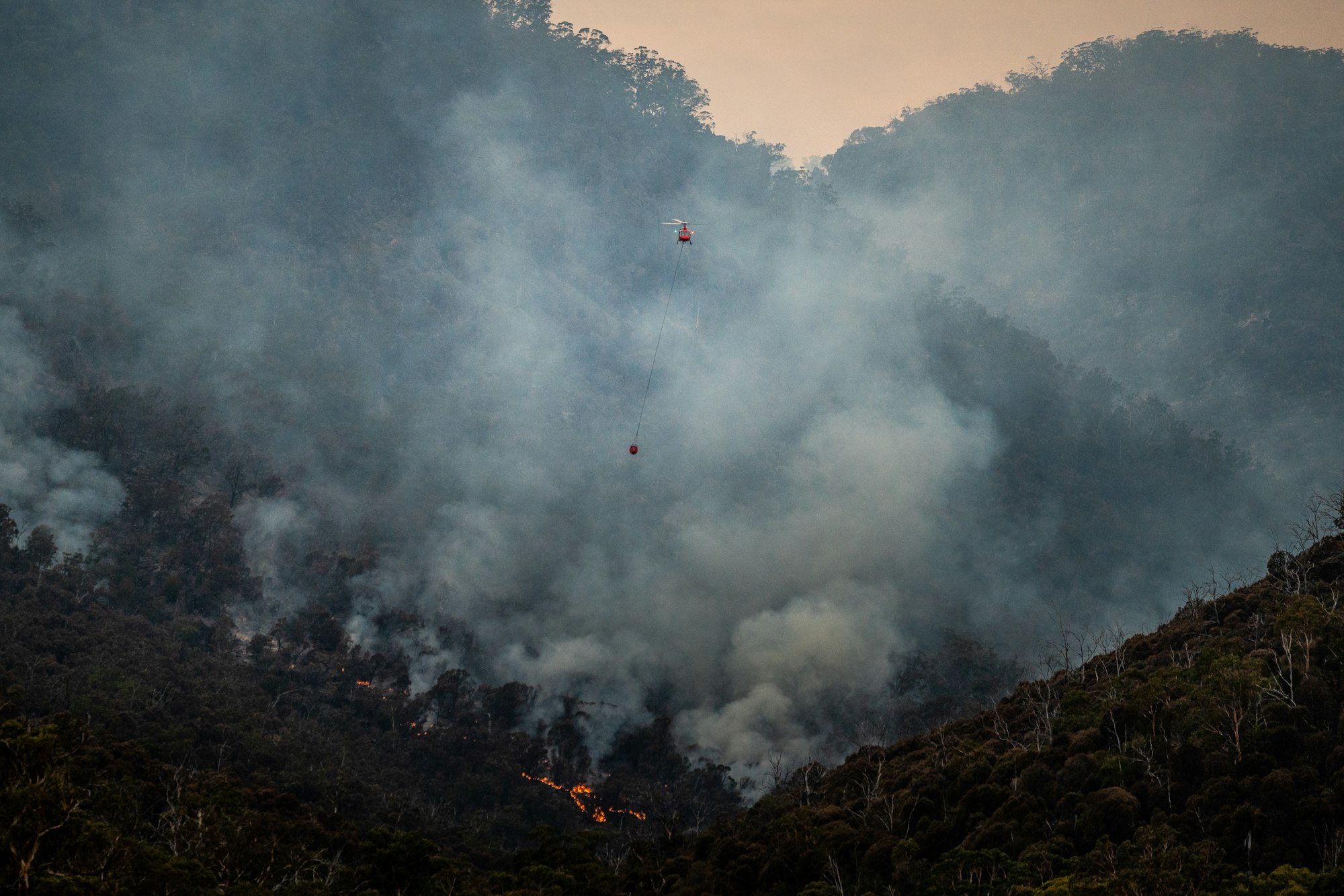Preparing for El Niño:
Learn how to prepare for El Niño's impacts on Australian homes, communities, businesses, and farms. Understand the timeline of effects and discover practical strategies for resilience.

A Guide for Australian Homes, Communities, Businesses, and Farms
El Niño, a climate phenomenon characterised by unusually warm ocean temperatures in the Equatorial Pacific, significantly impacts global weather patterns. Australia, in particular, experiences severe effects that influence homes, communities, businesses, and farms.
Understanding El Niño
El Niño events trigger weather changes such as reduced rainfall, warmer temperatures, increased frost risk, and heightened fire danger in southeast Australia. These changes profoundly affect our environment and livelihoods, especially in rural areas where agriculture is a primary industry.
The Timeline of Effects and Preparations
El Niño events can last anywhere from one to eight years, with the impacts worsening over time. Here's a general timeline, along with some suggested actions:
- Initial Stages (1-2 years): Mild weather disruptions begin to occur. Rainfall may decrease slightly, and temperatures may start to rise. This is the time to start implementing water conservation measures and ground fuel reduction techniques for green areas to mitigate fire risks. Businesses should consider improving garden designs to create more self-sustaining ecologies that require less maintenance and provide cooling effects.
- Intermediate Stages (2-5 years): Weather disruptions become more noticeable. Drought conditions may start to set in, and the risk of frost and fire increases. Communities should establish fire plans and support systems for vulnerable individuals.
- Advanced Stages (5+ years): Severe droughts and heatwaves become more common. Fire danger increases significantly, and water resources become increasingly scarce. This is the time to ensure that long-term strategies are in place, such as investing in irrigation infrastructure for farms and implementing passive cooling measures in community garden designs.
Preparing for El Niño
Preparation is key to mitigating the impacts of El Niño. Here are some strategies:
At the Home Level
Homeowners can prepare for El Niño by implementing water conservation measures, establishing fire plans, and setting up support systems for vulnerable individuals. Public education about the effects of El Niño can also help individuals make informed decisions about water use, fire safety, and more.
Additionally, homeowners can implement passive cooling measures in garden designs, such as planting trees for shade and using light-coloured surfaces to reflect heat. Insulating homes can also help reduce energy consumption during heat waves.
At the Community Level
Communities can prepare for El Niño by implementing water conservation measures, establishing community fire plans, and setting up support systems for vulnerable individuals. Public education about the effects of El Niño can also help individuals make informed decisions about water use, fire safety, and more.
Additionally, communities can implement passive cooling measures in garden designs, such as planting trees for shade and using light-coloured surfaces to reflect heat. Insulating homes can also help reduce energy consumption during heat waves.
At the Business Level
Businesses, particularly those with gardens, should monitor weather forecasts and plan accordingly. This might involve adjusting watering schedules, using grey water for irrigation, and increasing grass length to improve soil and plant moisture retention. Businesses can also take steps to protect their assets from fire and ensure they have adequate insurance coverage.
At the Farm Level
Farmers can prepare for El Niño by implementing a range of sustainable agriculture strategies:
- Diversifying Crops: A diverse range of crops can help ensure that some will survive in changing weather conditions.
- Practising Sustainable Water Management: This includes capturing and storing rainwater, using drip irrigation systems, and recycling water.
- Preparing for Increased Fire Risk: This can involve creating firebreaks, maintaining equipment and water supplies for firefighting, and regularly monitoring local fire danger ratings.
- Improving Soil Health: Healthy soil retains more water and is more resilient to drought. Techniques can include adding organic matter to improve soil structure, practising crop rotation, and using cover crops.
- Integrating Livestock and Crop Production: This can create more resilient farming systems. For example, livestock can provide manure for fertilizer, while crop residues can be used as animal feed.
- Investing in Renewable Energy Sources: Solar panels and wind turbines can provide reliable power during heat waves when grid power may be unstable.
- Implementing Agroforestry Practices: Integrating trees with crops and livestock can provide shade, improve soil health, and increase biodiversity.
- Practising Conservation Agriculture: This involves minimal soil disturbance, permanent soil cover, and crop rotations, which can improve soil health and water retention.
- Investing in Education and Training: Keeping up-to-date with the latest research and strategies for dealing with climate change can help farmers adapt their practices as needed.
Conclusion
While El Niño poses significant challenges, our homes, communities, businesses, and farms can weather its effects with preparation and resilience. By understanding El Niño and taking proactive steps, we can protect our livelihoods and the beautiful Australian landscape we call home.
If your home, community, business, or farm needs help preparing for El Niño, don't hesitate to contact Biotao for a consultation. We're here to help you navigate these challenges and create a more resilient future.

